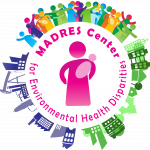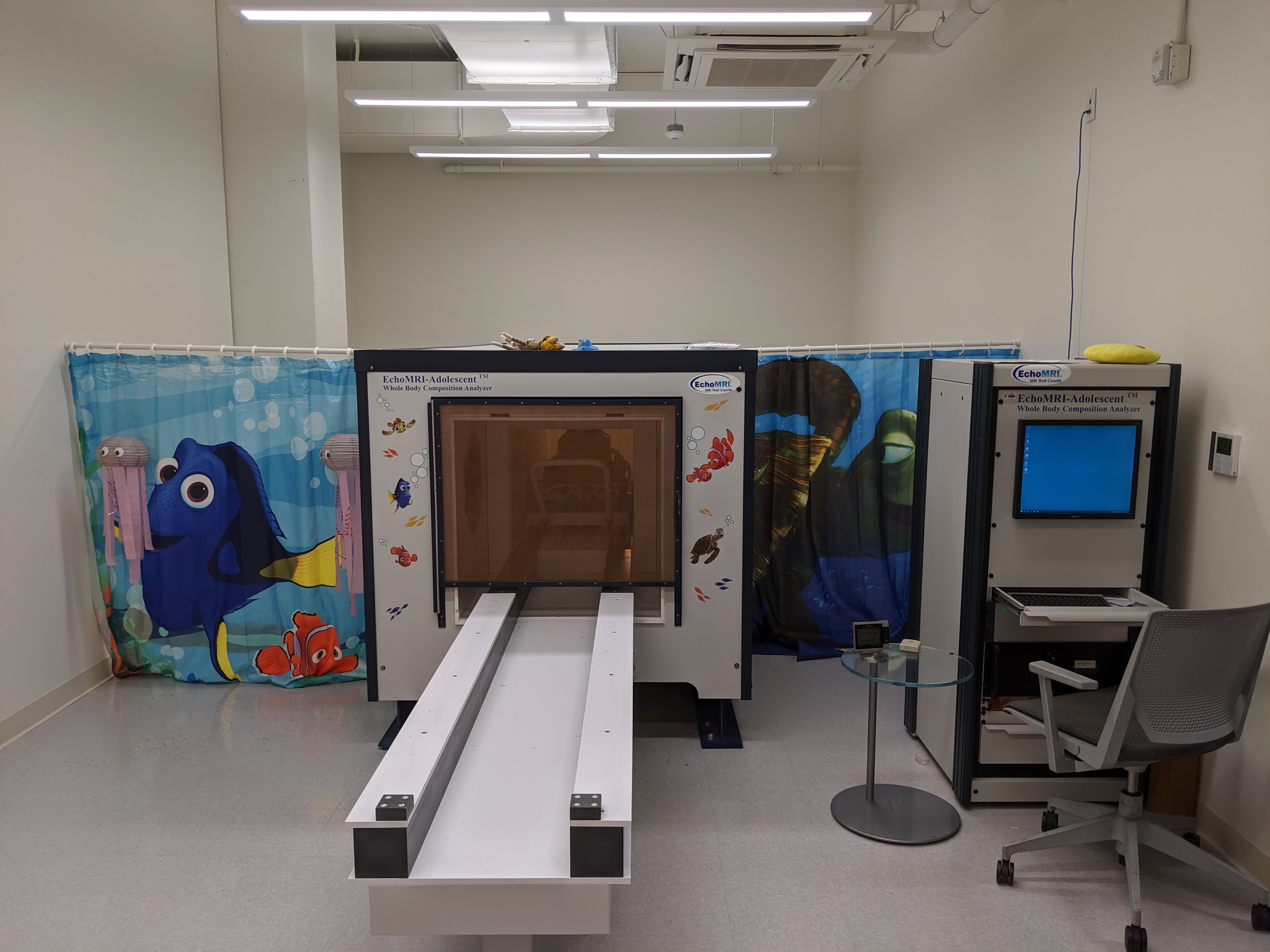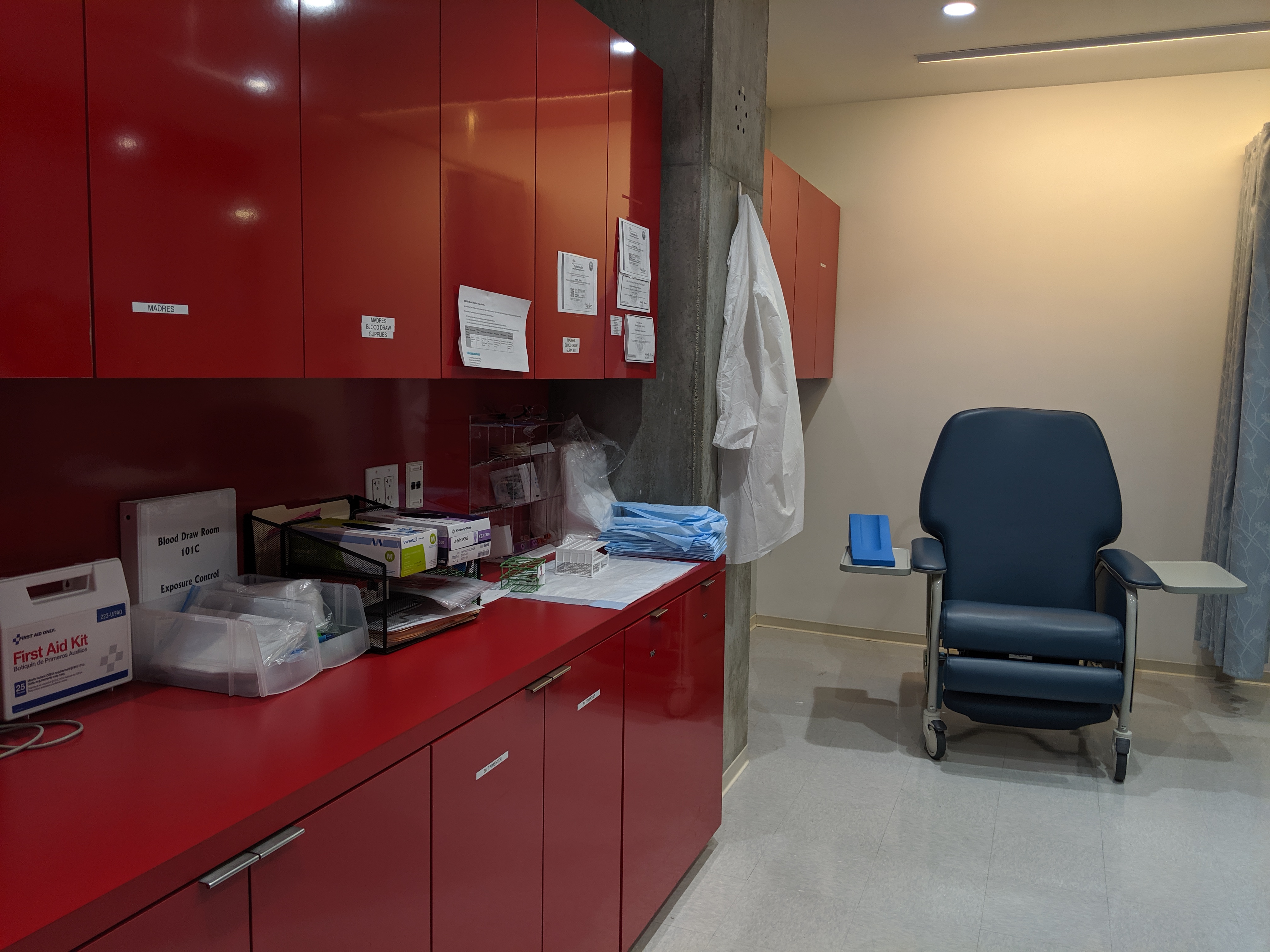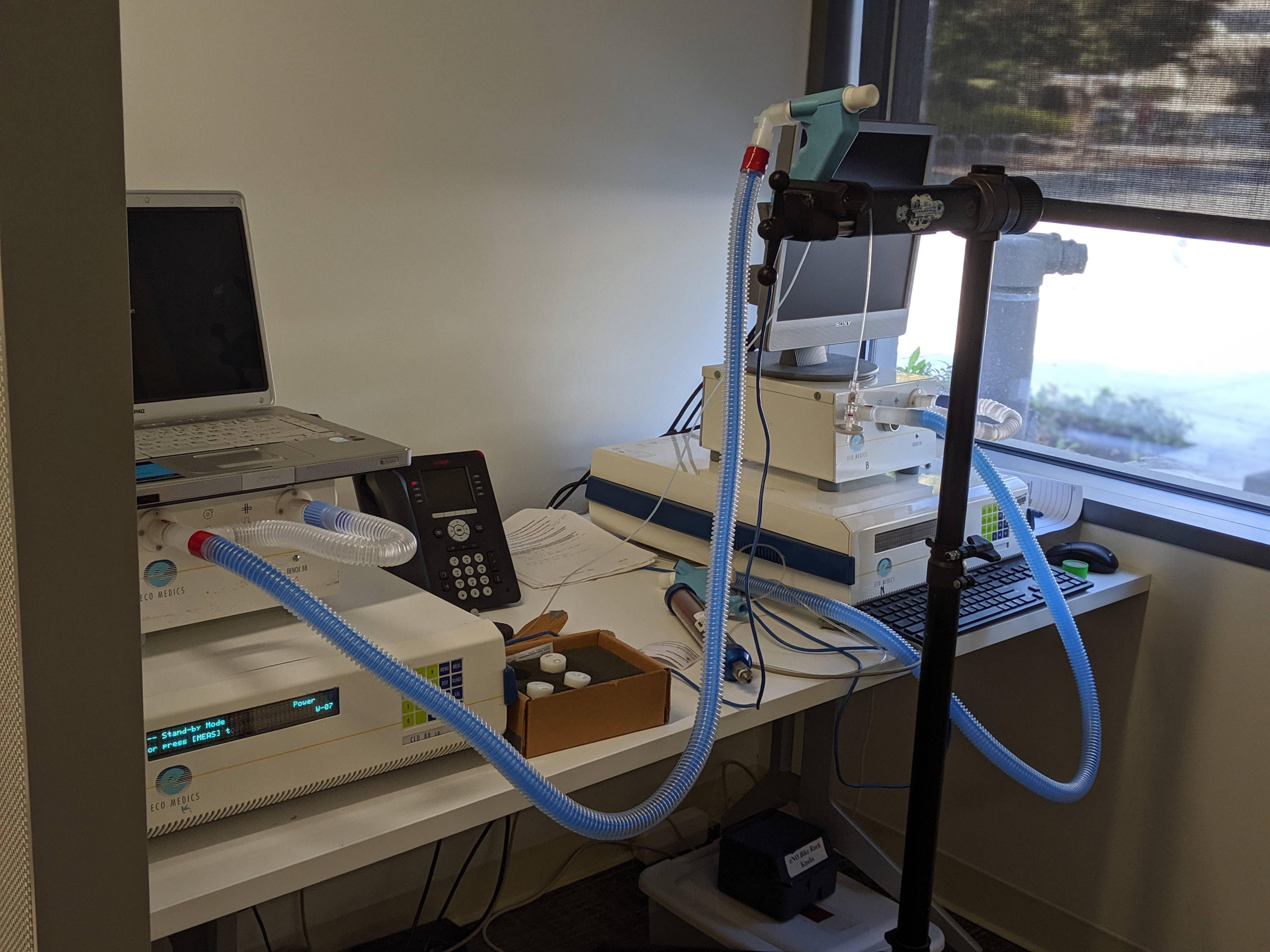MADRES CENTER RESEARCH PROJECTS 2015-2020
From 2015-2020, the MADRES Center for Environmental Health Disparities supported two research projects:
- Project 1: Cumulative prenatal and infant environmental exposures and early childhood obesity risk investigated the effects of multiple exposures to environmental chemicals and psychosocial and behavioral risk factors on the development of obesity in childhood. The project made use of cortisol assessment and fat depot quantification, state-of-the-art statistical methods, and novel methods to evaluate mitochondrial function.
- Project 2: Environmental exposures, stress, and maternal pregnancy-related weight outcomes investigated the effects of pre- and post-partum environmental exposures, as well as exposures to social stressors, on maternal gestational weight gain and postpartum weight retention. The project made use of personal exposure sampling, geolocation monitoring, and real-time electronic surveys.
To learn more about these MADRES Center research projects, read their abstracts below. To learn more about additional studies utilizing the MADRES cohort, please see Affiliated Research.
ABSTRACT: Eliminating racial/ethnic disparities in obesity is a national priority given the clinical and public health burden and costs of the adverse cardio-metabolic sequelae. The burden of obesity disproportionately affects the Hispanic population, with prevalence in excess of 21% nationally compared to 14% non-Hispanic whites. This obesity disparity is already present by preschool age, suggesting that it may have its origins in the earliest stages of life. A growing body of evidence suggests that environmental exposures during the in utero or early- life periods contribute to obesity and may be doing so by affecting food consumption, basal metabolism and patterns of adipose deposition. The biological driver behind these associations may be altered mitochondrial function – one of the key players in metabolism – which has also been associated with obesity and insulin resistance. Given that mitochondria are the primary energy producers for rapid fetal and postnatal growth, environmental exposure-induced mitochondrial dysfunction may affect early life health outcomes related to metabolic disease and may provide a plausible mechanism underlying increased childhood obesity risks. In California, the burden of exposures to multiple environmental chemicals is not evenly distributed in the population, with the Hispanic population carrying the greatest cumulative burden of harmful environmental exposures. Thus, the Hispanic population in California not only has one of the highest rates of obesity but also a disproportionate burden of multiple harmful environmental exposures. The cumulative effects of the disproportionate environmental exposures may be a primary driving factor underlying the disparities in obesity among Hispanic children. We propose to investigate how multiple chemical environmental exposures, coupled with other known psychosocial and behavioral risk factors for obesity, affect overall early childhood growth trajectories as well as infant feeding behaviors and metabolic efficiency. We will do so in a large longitudinal pregnancy cohort design, using cutting-edge technologies of cortisol assessment and fat depot quantification, state-of-the-art statistical methods, and novel methods for evaluating mitochondrial function. Project 1 will address the following aims: 1) To investigate the cumulative effects of multiple pre- and postnatal chemical exposures on birth weight and 12 month childhood height and weight growth trajectories for 750 low-income, primarily Hispanic infants; 2) to evaluate whether these environmentally-related birth and infant outcomes are larger in infants of mothers a) with high levels of psychosocial stress during pregnancy, b) who are overweight/obese before pregnancy or gain excess weight during pregnancy, and c) who have greater exposures to negative built and social environments; 3) to evaluate whether environmentally-related birth and infant outcomes are mediated through altered energy consumption and mitochondrial function; and 4) to examine the cumulative effects of prenatal environmental exposures and cortisol levels on abdominal fat depots of infants at <1 month of age using abdominal MRI scans in a subset of 40 infants.
Contact PI: Carrie Breton
Supported by: NIEHS: 5P50ES026086-05; Sub-Project ID: 6432
ABSTRACT: Project 2 of the “Maternal and Developmental Risks from Environmental and Social Stressors” (MADRES) Center will examine the effects of multiple pre- and postpartum environmental exposures to air and other chemical pollutants on maternal gestational weight gain and postpartum weight retention. Increasing rates of maternal overweight and obesity before, during and after pregnancy pose serious health concerns for both mothers and children. Beyond diet, physical activity, and genetics, a growing body of evidence implicates the role of environmental exposures in contributing to obesity and related metabolic and cardiovascular diseases. However, there is a lack of research on the etiological role of environmental exposures in maternal gestational weight gain and postpartum weight retention. The burden of exposures to multiple environmental chemicals, many of which are obesogenic, is disproportionately carried by Hispanics in California. These data highlight a striking environmental and health disparity affecting Hispanics that is not well understood. To address these gaps, we propose a novel conceptual model whereby pre-and postpartum environmental exposures, coupled with exposures to social stressors, lead to excessive maternal gestational weight gain and postpartum weight retention through altered psychological and behavioral responses. We will test this model in a longitudinal study of 750 primarily Hispanic, low-income pregnant women who will undergo assessments of environmental exposures (e.g., regional NO2, PM2.5 O3; near-roadway NOx; water contaminants; toxic releases), social stressors (e.g., neighborhood crime, violence, income inequality), psychological (e.g., perceived stress and salivary cortisol) and behavioral (e.g., physical activity and diet) responses, and weight outcomes during pregnancy (1st, 2nd, 3rd trimesters) and postpartum (3, 6, 12 months). In a subset of women (n = 60), we will use innovative personal, real-time data capture strategies (e.g., ecological momentary assessment, personal exposure sampling, location monitoring, accelerometry) to examine day-level effects of exposures on psychological stress and energy-balance behaviors. We hypothesize that (1) greater cumulative pre- and postpartum environmental exposures will be associated with an increased likelihood of excessive gestational weight gain and postpartum weight retention, respectively; (2) exposures occurring during the first trimester of pregnancy will have larger effects on maternal gestational weight gain and postpartum weight retention; (3) effects will be larger in women with greater social stressors, (4) psychological and behavioral responses will mediate these effects; and (5) on any given day, greater personal environmental exposures and social stressors will be associated with greater perceived stress and cortisol, lower physical activity, and unhealthy dietary intake. Results will identify key mechanistic targets for policy, clinical, and programmatic intervention. Given the serious long-term health consequences of excessive gestational weight gain and postpartum weight retention for both mothers and children, this study could have broad-reaching public health impacts.
Contact PI: Genevieve Dunton
Supported by: NIEHS: 5P50ES026086-05; Sub-Project ID: 6433











